The all-new third-gen DZire is here, dropping the ‘Swift’ nomenclature and bringing a completely revamped image with it. Here’s what it’s like.
This one’s different. There’s a lot different outside, and a lot more inside. The all-new DZire has arrived and it’s larger, more spacious, more stylish, and much better equipped, too. All of that’s good in more ways than one.
The DZire has become the best-selling compact sedan in the sub-four-metre category – one that’s become a rage in India thanks to specific laws. Its balance of styling, frugal acquisition and running costs, and an unmatched network of service centres makes it the default choice for many. While the older car ticked all the right boxes for many people in the past, this new one raises the bar, and by some margin, and also comes with a slew of new boxes that can be have ticked, thanks to a more comprehensive variants structure and some much-needed features.
The design has been discussed at length when the car broke cover. The new front grille, projector headlamps with LED signatures stand out. The double-wave side profile design is accentuated by stylishly swept wheel arches which, in turn, are filled by striking 15-inch alloy wheels wrapped in 185/65 rubber. The rear is rounded off with a set of LED tail-lamps and a wider boot draped in chrome.
The size of the new car seems much more than before, and that’s because it is. Following an investment of Rs 1,000 crore, the DZire is built on the new HEARTECT platform that underpins the new Swift; also incoming. The wheelbase is 20 mm longer and the width is 40 mm more, too. Inside, that frees up more space. The height is 40 mm less, but the space is managed very well. The front seats are contoured well and are remarkably supportive. The driver’s seat is height-adjustable, too. Overall ergonomics, in fact, have been stepped up significantly. The quality of fit-and-finish, plus the interplay of beige and black plastic with burr wood trim and matte-chrome accents all appear very modern and quite luxurious. The centre console is ever-so-slightly angled towards the driver. The touchscreen unit is familiar, also seen in the Nexa cars, packing media management and navigation among other things.
The rear seat is also a nice place to be. You get a supportive seat base, adjustable head-rests, rear air-vents, a centre-arm-rest, ISOFIX child-seat tethers, and even more space! That’s right, the DZire can claim to have rear knee room to shame some cars from segments above. Like the Vitara Brezza, which impressed with its space management and packaging, the DZire, too, has made the most of available space. And it isn’t just occupant space. There are cubbyholes and spacious door pockets, not to mention the larger 378-litre boot, which also has a nice and wide loading lip. Overall, the DZire impresses as a wonderfully packaged design.
Motive force comes from the now familiar 1.2-litre K12 four-cylinder petrol engine, BS IV-compliant, of course. It makes 83 PS and 113 Nm and the just as familiar 1.3-litre DDiS four-cylinder turbo-diesel engine, with 75 PS and 190 Nm. We drove the latter, in both five-speed manual and the AGS transmission flavours.
Get going and the first thing you notice is how much quieter the cabin is. The noise levels, whether engine or road noise, have been dampened even better. The proportions are easy to get used to and the engine feels peppy. The motor also feels like it has been retuned to deliver the torque in a more linear manner, with the earlier turbo-lag below 2,000 rpm feeling less pronounced. It’s still strong, though. The big change is the steering response. There is so much more feedback and feel from the electric power-steering unit and that’s appreciated as it adds to driver confidence. The brakes, however, could be better and could do with more feedback. The ride quality is also up a notch. The dampers work hard to keep the body planted and also feel like they can handle rebound after tackling a speed-hump much better than before.
The DZire with the automated manual transmission (AGS, or Auto Gear Shift) is built to address convenience in city traffic and it does that well. Note, it’s not a driver-oriented gearbox, so spirited driving won’t be taken kindly. The up-shifts are quick when not prodded and downshifts are handled casually as well. If you want speed, and quick, you’re better off with the manual.
Other conveniences, such as the keyless start and go, steering-mounted audio controls, electric mirror adjust and auto-climate make life so much easier on the move. The DZire was always a practical package. What Maruti have done is taken their tried-and-tested formula and added a dash of pizzazz to it. What it may have lacked before, it has double helpings of now: style and a bit of premium. That does come at a price, however.
The DZire was launched from Rs 5.45 lakh (ex-showroom ,Delhi) but the ZDi+ driven here costs Rs 8.94 lakh, again ex-showroom, Delhi, with the ZDi+ AGS costing 9.41 lakh. That puts them both in the Rs 10-lakh-plus bracket on the road, at least in Maharashtra. Steep? Yes. But the amount of kit is also higher. Remember, this one has standard kit dual front airbags and ABS, plus both Z+ variants get those specially-crafted alloy wheels and those snazzy projector headlamps with underlying LED strips. Then, there’s the fuel efficiency claim of over 28 km/l. We’ll have to wait for the road test to see how that pans out. Watch out for that soon, as well as a comprehensive review of the petrol DZire.
Story: Jim Gorde


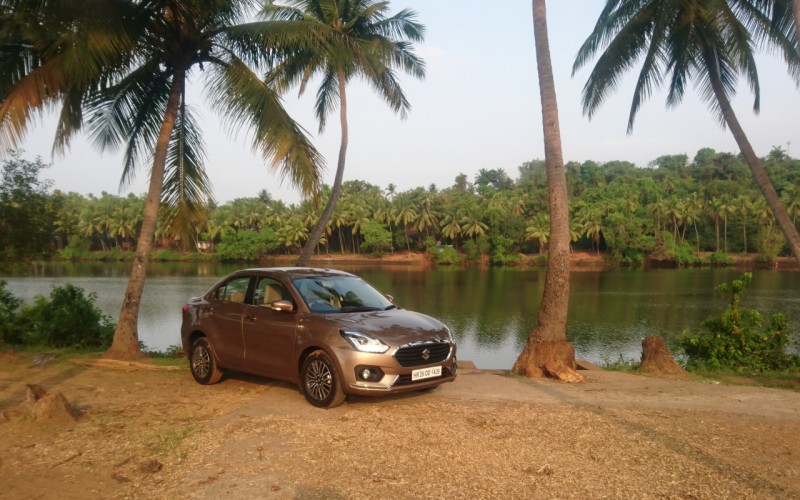
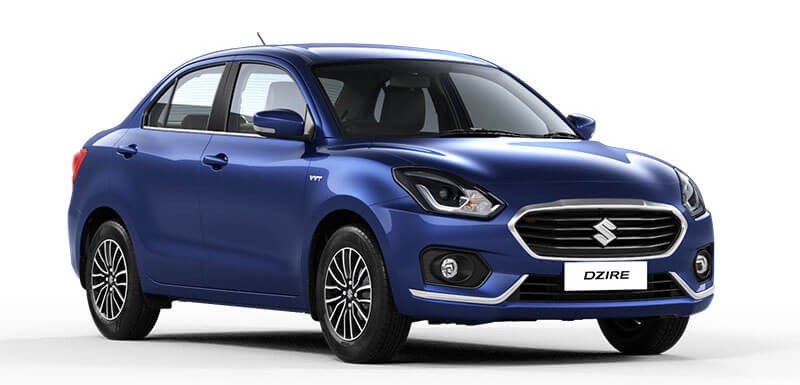
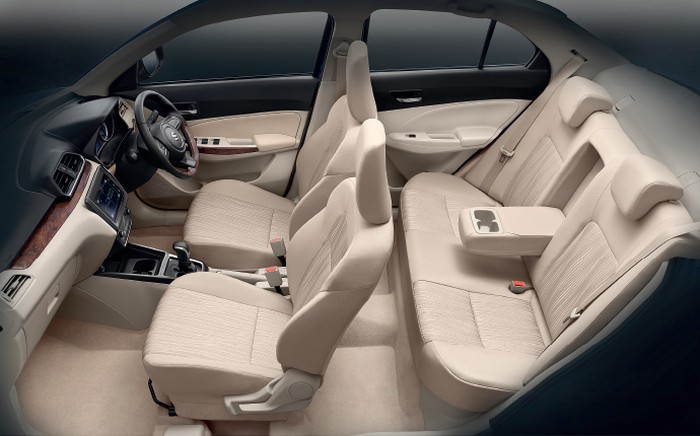
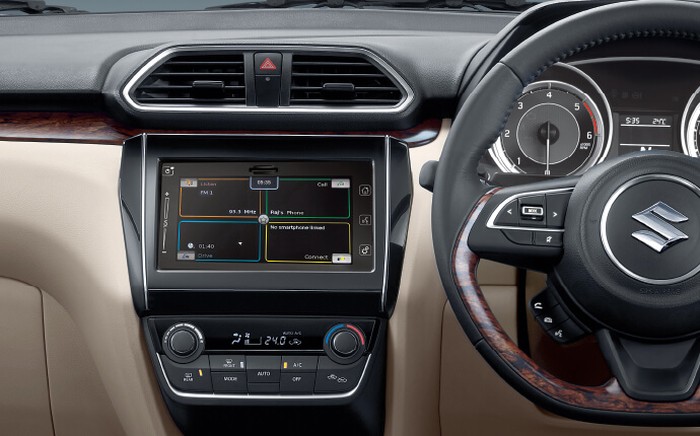
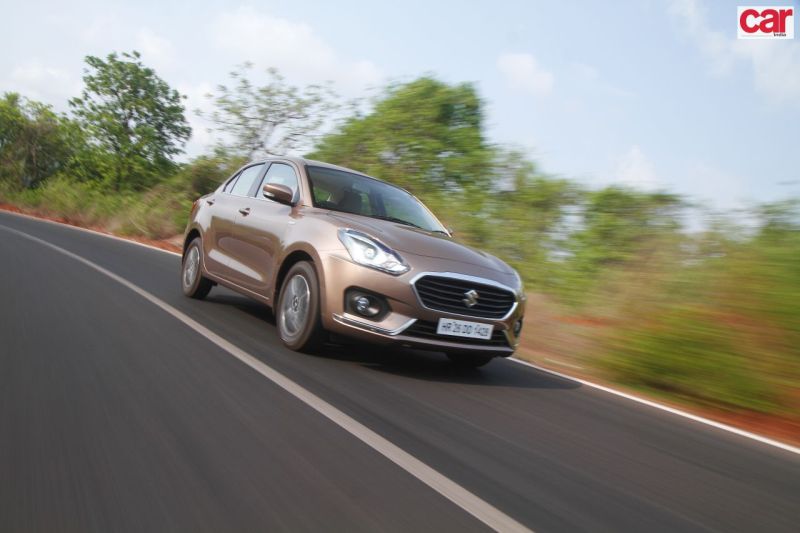
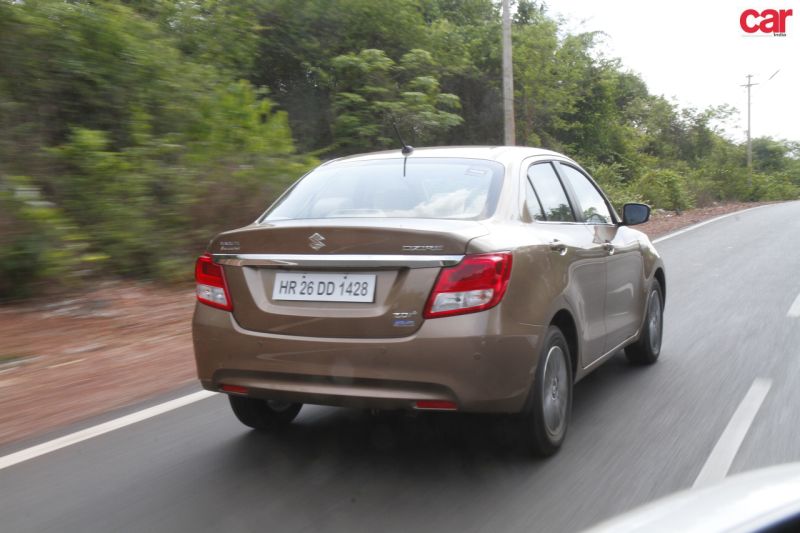
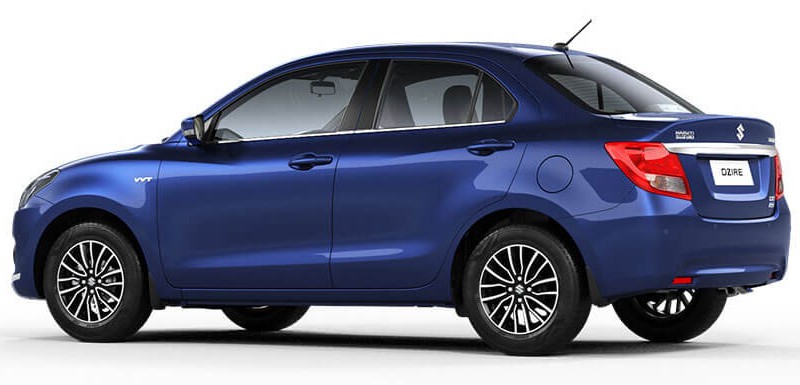


















Leave a Reply